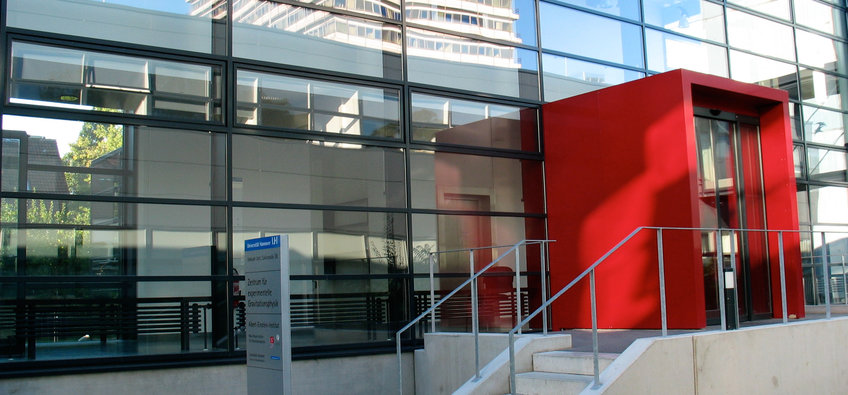
Max Planck Institute for Gravitational Physics (Hanover)
In 2002 the Max Planck Institute for Gravitational Physics (Albert Einstein Institute, AEI) in Hannover was opened, as an extension of the already existing MPI (Albert Einstein Institute, AEI) in Potsdam. The Hannover sub-institute closely collaborates with the Institute for Gravitational Physics at Leibniz University Hannover. Together they play a leading role in a new era of astronomy, which began with the first direct detection of gravitational waves on September 14, 2015. These tiny space-time ripples herald major cosmic events.
As part of this research, the Hannover institute is partly a member of the LIGO Scientific Collaboration, which collects data from the world's most sensitive gravitational-wave observatories, and operates the German-British gravitational-wave detector GEO600, located 20 kilometers south of Hannover. GEO600 is a key technology development center of the international gravitational-wave research community. Technologies developed and tested in the GEO project are now used in all large gravitational-wave detectors in the world. The Institute closely collaborates with the other large detectors and develops advanced measurement technologies and concepts for future gravitational-wave detectors. It leads the preparation of the satellite mission LISA, is an important partner for the geodesy mission GRACE Follow-on, and contributes to the development of the Einstein Telescope.
To analyze data from the worldwide network of gravitational-wave detectors, the sub-institute develops highly efficient mathematical methods and implements them on supercomputers. Among other things, it operates Atlas, the world's most powerful computer cluster tailored for gravitational wave data analysis. Together with U.S. partners, the Hannover sub-institute of the AEI leads the Einstein@Home computing project, in which volunteers from all over the world participate in data analysis with their PCs, laptops or smartphones.
Contact
Callinstr. 3830167 Hannover
Phone: +49 511 762-2229
Fax: +49 511 762-2784
PhD opportunities
This institute has an International Max Planck Research School (IMPRS):
IMPRS for Gravity at the ExtremeIn addition, there is the possibility of individual doctoral research. Please contact the directors or research group leaders at the Institute.







